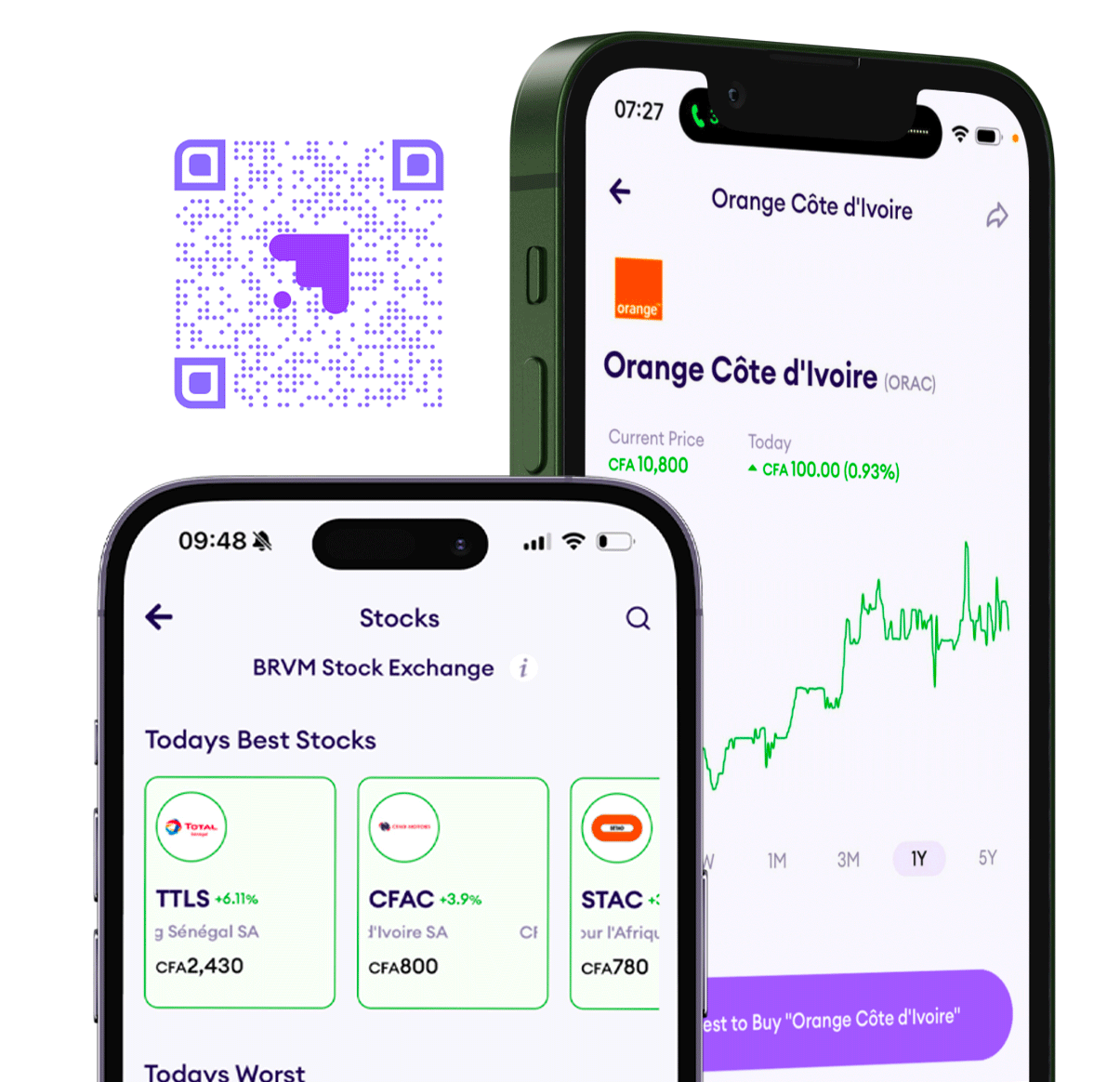Kenya Set to Overtake Ethiopia as East Africa’s Largest Economy

TLDR
- Kenya is projected to surpass Ethiopia as East Africa’s largest economy in 2025, according to new data from the International Monetary Fund
- The IMF forecasts Kenya’s GDP will reach $132 billion next year, ahead of Ethiopia’s estimated $117 billion
- The shift follows Ethiopia’s sharp currency devaluation in July 2024, part of reforms to secure a $3.4 billion IMF program and unlock $16.6 billion in additional World Bank support
Kenya is projected to surpass Ethiopia as East Africa’s largest economy in 2025, according to new data from the International Monetary Fund. The IMF forecasts Kenya’s GDP will reach $132 billion next year, ahead of Ethiopia’s estimated $117 billion.
The shift follows Ethiopia’s sharp currency devaluation in July 2024, part of reforms to secure a $3.4 billion IMF program and unlock $16.6 billion in additional World Bank support. The 55% depreciation of the birr, while stabilizing for external accounts, has raised import costs and inflation pressures.
In contrast, Kenya has maintained macroeconomic stability and a strong currency. The Kenyan shilling appreciated 21% in 2024, the best global performance that year. The country’s diversified economy and mature financial sector have helped buffer fiscal risks. Despite this, Kenya continues to face internal challenges, including backlash over tax hikes and protests that wiped $600 million from the Nairobi Securities Exchange in 2023.
Daba is Africa's leading investment platform for private and public markets. Download here
Key Takeaways
Kenya’s lead in East Africa reflects more than short-term currency dynamics. Its economy benefits from services, manufacturing, and regional trade, whereas Ethiopia has relied heavily on public infrastructure spending and agriculture. Ethiopia’s ongoing debt restructuring and post-conflict recovery have complicated growth, while inflation remains elevated. In liberalizing the exchange rate, Ethiopia took steps to regain access to international markets, but at a short-term cost to consumer prices and GDP measured in dollar terms. Kenya’s economy is more integrated into global markets and has attracted consistent foreign investment, particularly in fintech, logistics, and agriculture. Its financial system and monetary policy framework offer flexibility to absorb shocks. Both countries must navigate rising global uncertainty, including slowing demand in major export markets and potential fallout from higher U.S. tariffs. For Kenya, sustaining momentum will require balancing fiscal reforms with political stability. For Ethiopia, debt resolution and structural reform will be key to regaining investor confidence.

Next Frontier
Stay up to date on major news and events in African markets. Delivered weekly.
Pulse54
UDeep-dives into what’s old and new in Africa’s investment landscape. Delivered twice monthly.
Events
Sign up to stay informed about our regular webinars, product launches, and exhibitions.




